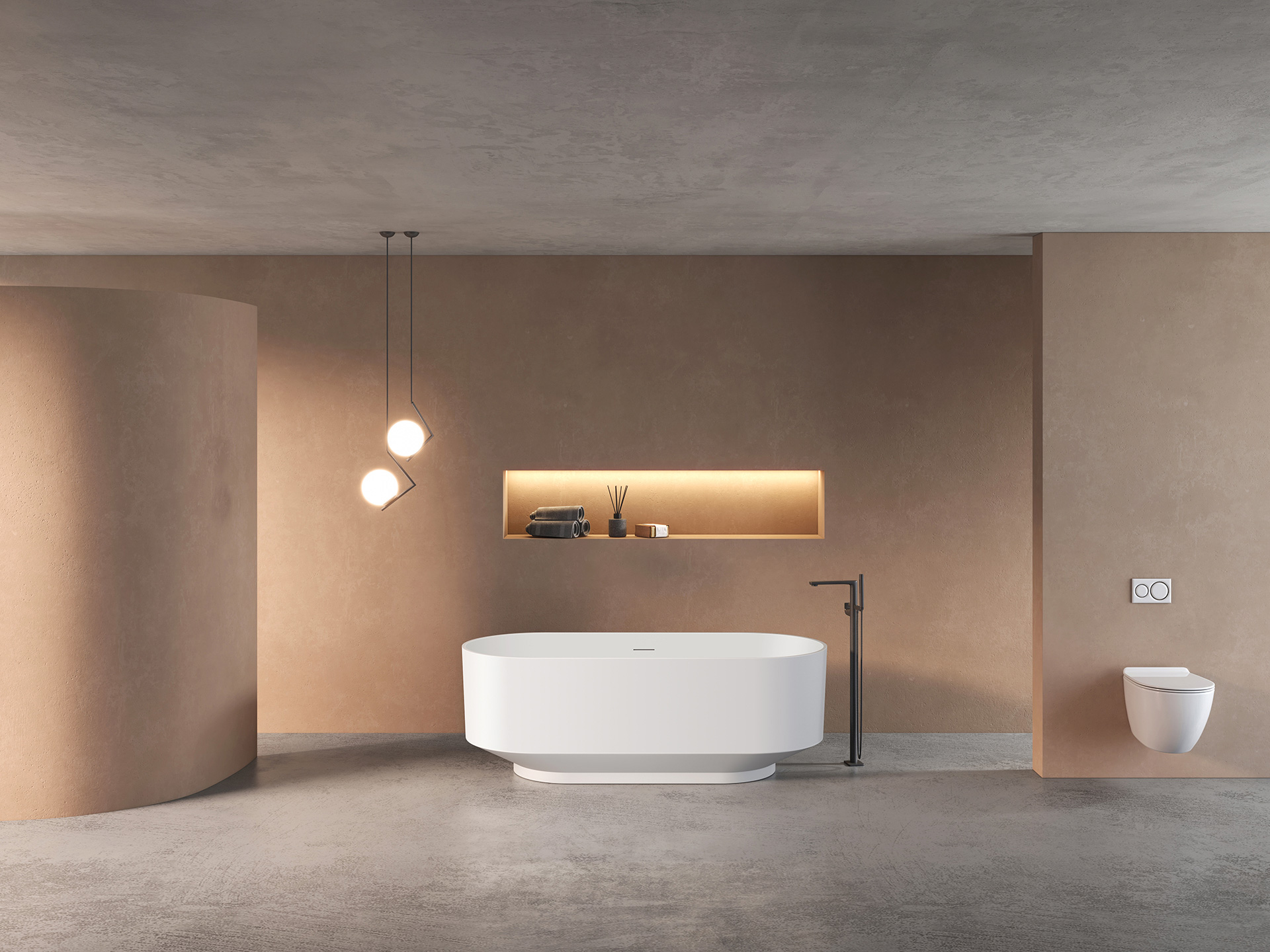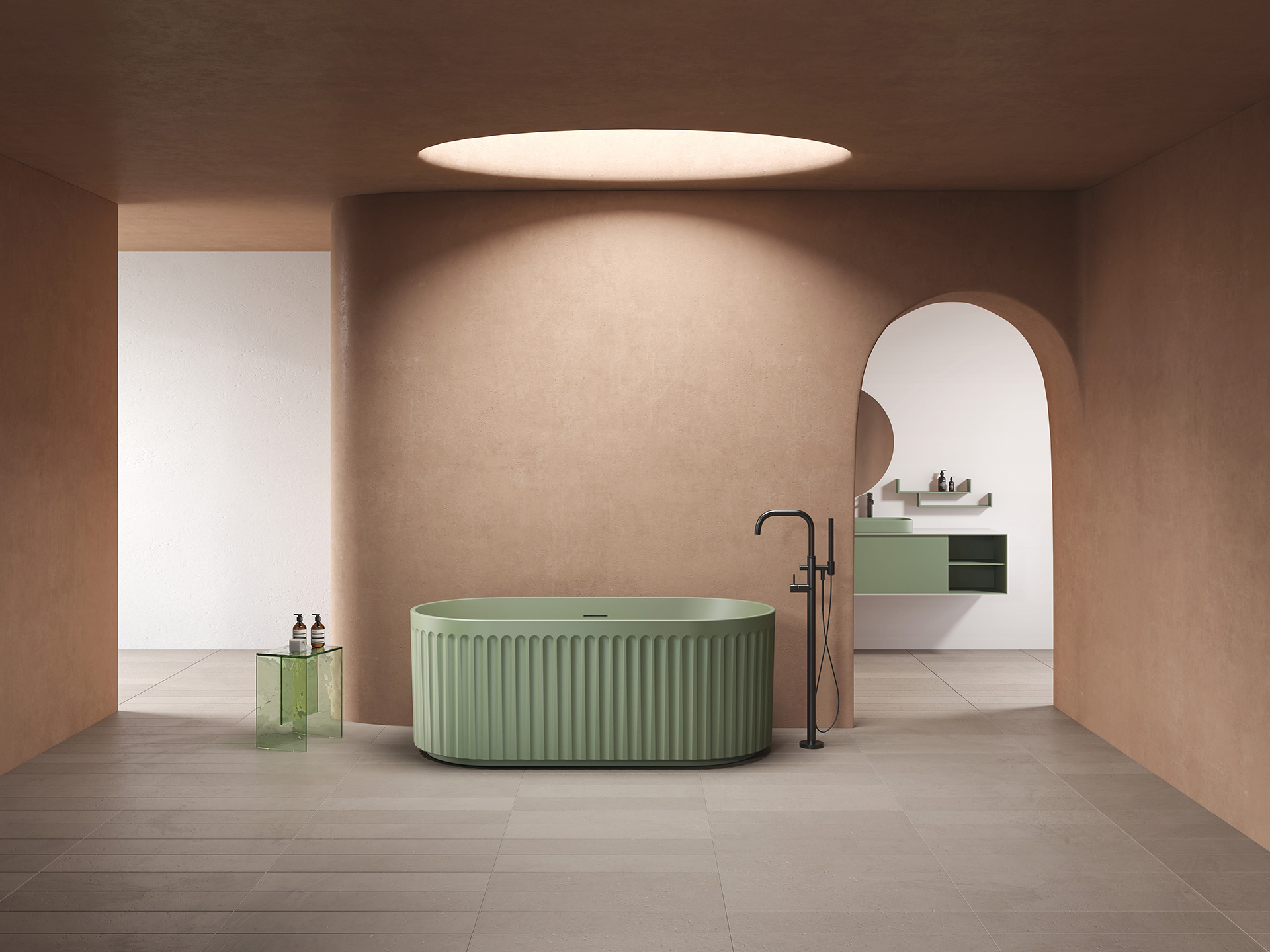Bathtub is a common bathroom product in home bathrooms nowadays, with a rich range of materials to make. I believe many people are familiar with acrylic. Because most people currently use acrylic bathtubs in their homes, overall, acrylic bathtubs are more energy-efficient, environmentally friendly, can be designed in different shapes, and can be chosen in different colors, gradually attracting a wide range of friends. So, there are many curious about the production process of acrylic bathtubs, and the following is the production process.
1、 Forming
Bathtub, shower room chassis, backboard, and other sanitary ware are usually molded using acrylic suction molding. Choosing appropriate boards and equipment is the excellent foundation for the molding of sanitary ware.
2、 Mold
In actual production, the suction molding mold is first designed and processed according to the design drawings or actual samples of the sanitary ware molding. It generally uses aluminum alloy or resin molds, which have a long service life, good process characteristics, and high surface smoothness.
3、 Vacuum forming
The plate cut as required is heated and softened in the furnace of the blister molding machine. Generally, the temperature of acrylic is 180-220 ℃. The softened sheet is mechanically pressed onto the mold, and is stretched and deformed by compressed air or vacuum blowing and suction. The sheet is adsorbed on the mold wall, and the cooling fan is activated in a timely manner to harden and shape the sheet. Then, the mold is demolded and the product is taken out.
4、 Reinforcement
Mix several materials such as resin and curing agent in a certain proportion to fix the joint, and then reinforce the formed product with the mixture and fibers according to the required thickness. After reinforcement, wait for 12 hours to lower the cylinder to the ground.
5、 Trimming
After cutting the excess edge of the bathtub using a cutting machine, connect the inner and outer cylinders together.
6、 Grinding
Polishing is a meticulous task, where workers use sandpaper to polish the cylinder body separately. After completion, they use quick drying atomic ash to fill the sand holes and polish them.
7、 Painting
When painting, clean and polish the surface first, and then spray the prepared glaze on the cleaned area repeatedly until the interface is not visible.
8、 Polishing
After the entire cylinder body is sprayed with glaze, the baking process is carried out, and the cylinder body is repaired after 24 hours. When renovating, sandpaper is used to treat the spray glaze position. After polishing, wax is used to polish it until it is the same as the acrylic original board, which meets the requirements.
The above is the production process of acrylic bathtubs.


